Tags
abstract art, Art Appreciation, Contemporary Art, Non-Objective Abstract Painting, Non-Representational Art
Share it
Let me preface this lesson by disclosing I’m not an art historian; I’m 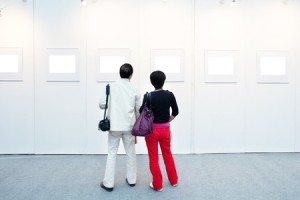 just a writer and painter. I mainly paint non-objective abstracts (that means they don’t look like anything recognizable) and I’ve noticed a considerable number of people are baffled by abstract art. Some people don’t know what they’re “supposed” to think about it.
just a writer and painter. I mainly paint non-objective abstracts (that means they don’t look like anything recognizable) and I’ve noticed a considerable number of people are baffled by abstract art. Some people don’t know what they’re “supposed” to think about it.
Now, this could turn into an art history lesson – but I’ll do my best to spare you. I’m not an art history teacher and have no desire to overwhelm or confuse you. Okay, I like to confuse you a bit, but overwhelm, no. My main objective is to engage your curiosity and get you to perhaps look a bit longer, think a bit more openly and try to see art with your heart.
While abstract art has been around for centuries, the formal movement sprung from the movements of Romanticism, Impressionism and Expressionism. Basically, the Church was the largest art collector of the day and they began to tighten the purse strings. Artists had to appeal more to private collectors and also got that itch, as they always do, to express themselves. So, rather than work within the confines of the church and society, these crazy artists began to colour outside the lines. They were scoffed at and considered renegades – in today’s terms – we would call them “fresh” and they would be highly desirable. So, I guess you could say, they peaked early, or they were before their time.
We all have our preferences for the types of art we like, but consider, when it comes to abstract art, you might be over looking some interesting, exceptional art under the guise of “not getting it.” Abstract art appreciation does not reflect your level of sophistication – but it does reflect your level of experience. In other words, you might have to look at a LOT of abstract art to recognize a good piece – but like wine – if you like it, that’s good enough. Appreciating abstract art is about pleasuring your eyes. (click to tweet)
There are many types of abstract art, but let’s break it down into two camps:
Abstract Art and Non-Objective Abstract Art
Regular abstract art will have recognizable elements in it. You might see figures, or trees, or a landscape…but you see things your eye recognizes from the real world. The artist works with these objects and “abstracts” them so you can still recognize them, but they really work them over and make them their own.
Non-objective abstract art does not include any representational elements. You don’t see any obvious person, dog or anything. You might see shapes that remind you of such things – like when you look at clouds in the sky or the shapes on the ceiling of the gynecologist’s office – too much? Anyhou, non-objective work relies highly on color, line, shape, size, space, texture and value – the elements of design.
So, how should we approach such art?
When I look at abstract art, I approach it without expectation. I pay attention to how the art makes me feel. I let the colour, the composition and the texture move me. Sometimes, a piece will pique my curiosity. A good abstract will pull the viewer in and make them want to study it further. It may remind us of an experience, a place or a time in our lives. Abstract art is to the eye what music is to the ear. (click to Tweet)
If you expect a non-objective abstract painting to tell you its meaning, you’ll be disappointed. The painting will mean something different to each person – or it may not strike you with any meaning at all. It’s intensely personal. It’s JUST. FOR. YOU. Non-representational abstract work does not so much tell a story to us; it reminds us of our own stories, so you can’t be wrong. There’s so much freedom and permission in that!
I realize I’m going a bit long on this post, so let’s get straight to the exercise. With a true, non-objective painting, you should be able to turn it any direction. I sometimes don’t sign my work until it’s purchased for that very reason. I know the collector will have a preference and since the work speaks to them, they should decide which “side is up,” so to speak.
So, here’s a piece I finished in my studio today. I apologize that it’s not professionally photographed, so you might not see all the nuances of the work. It’s 100% non-objective. I call it, “You’ve Got Some Nerve.” I’m going to post this painting in all four directions. You decide the way it should hang. Below the pictures are some references of famous non-objective artists. I hope you’ve enjoyed Abstract Art 101 A ½ . Feel free to leave a comment. There’s much to be said about the subject.
How would you hang this painting?
[Tweet “Everyone wants to understand art. Why not try to understand the song of a bird? – Pablo Picasso”]
Some resources for you:
Enjoy Exploring New Things,
Michelle Andres is a writer and artist who cultivates her own Well Lived Life by drinking in the beauty around her, following her passion, respecting others and owning her own dookie.
Visit Michelle’s Art Site Here
I’m sorry – all 2016 Art and Inspiration Calendars are SOLD OUT! Thank you, those who supported them!
Follow Michelle on Instagram, Facebook and Twitter
Join the Tribe and get updates by signing up on the left sidebar!

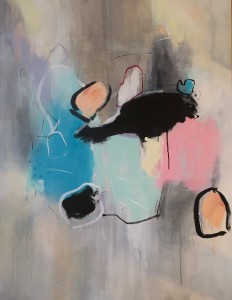
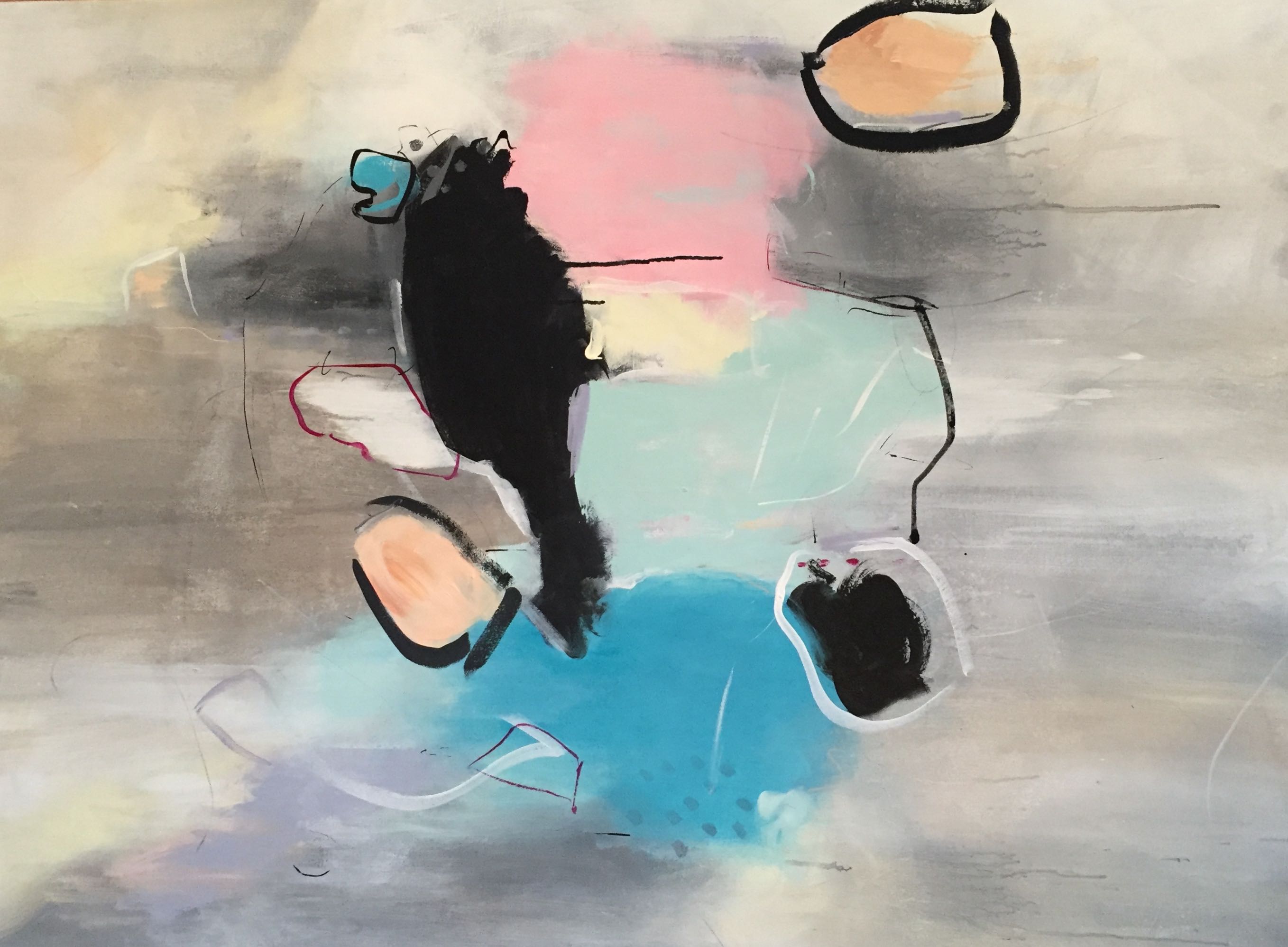
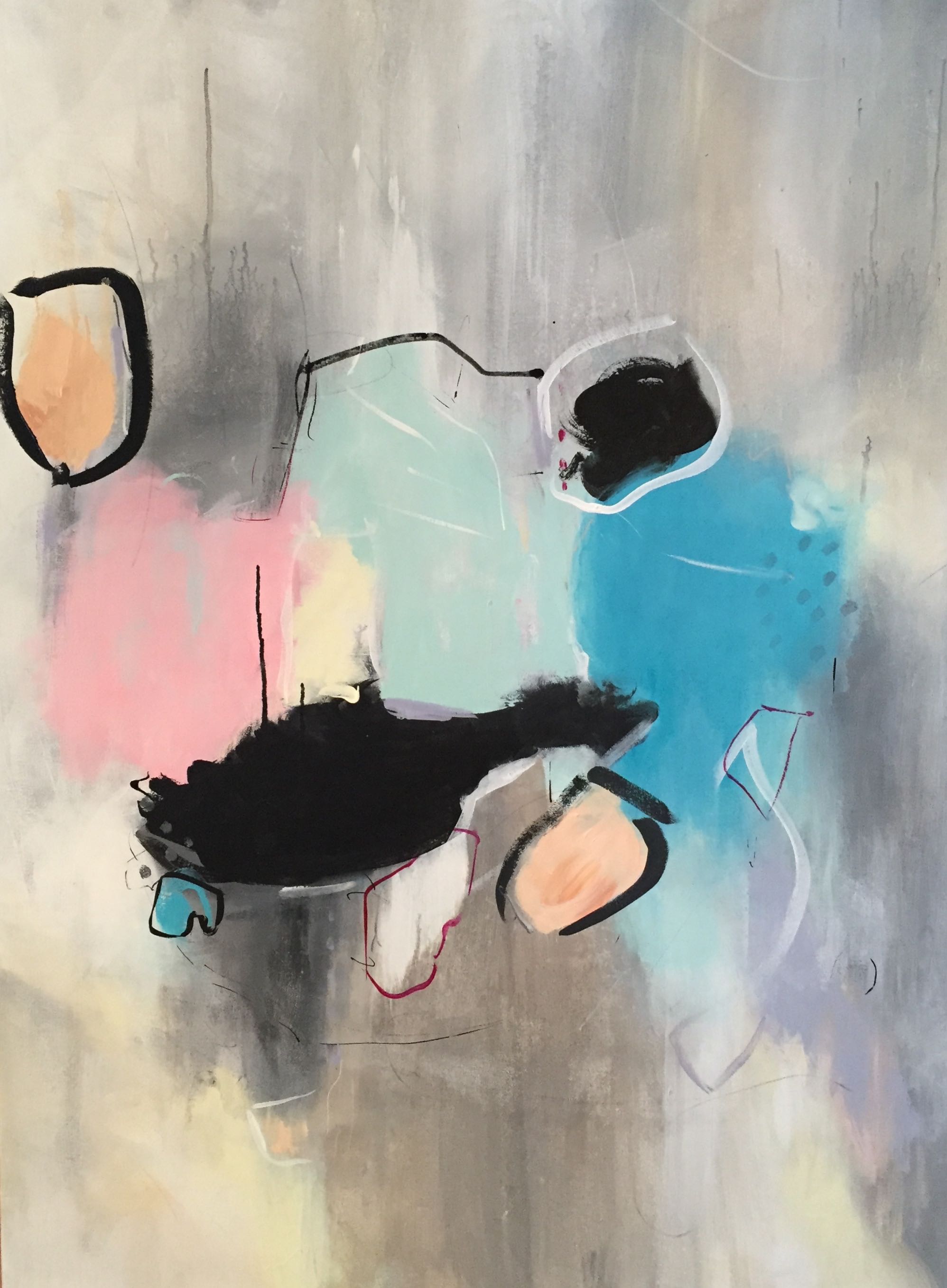
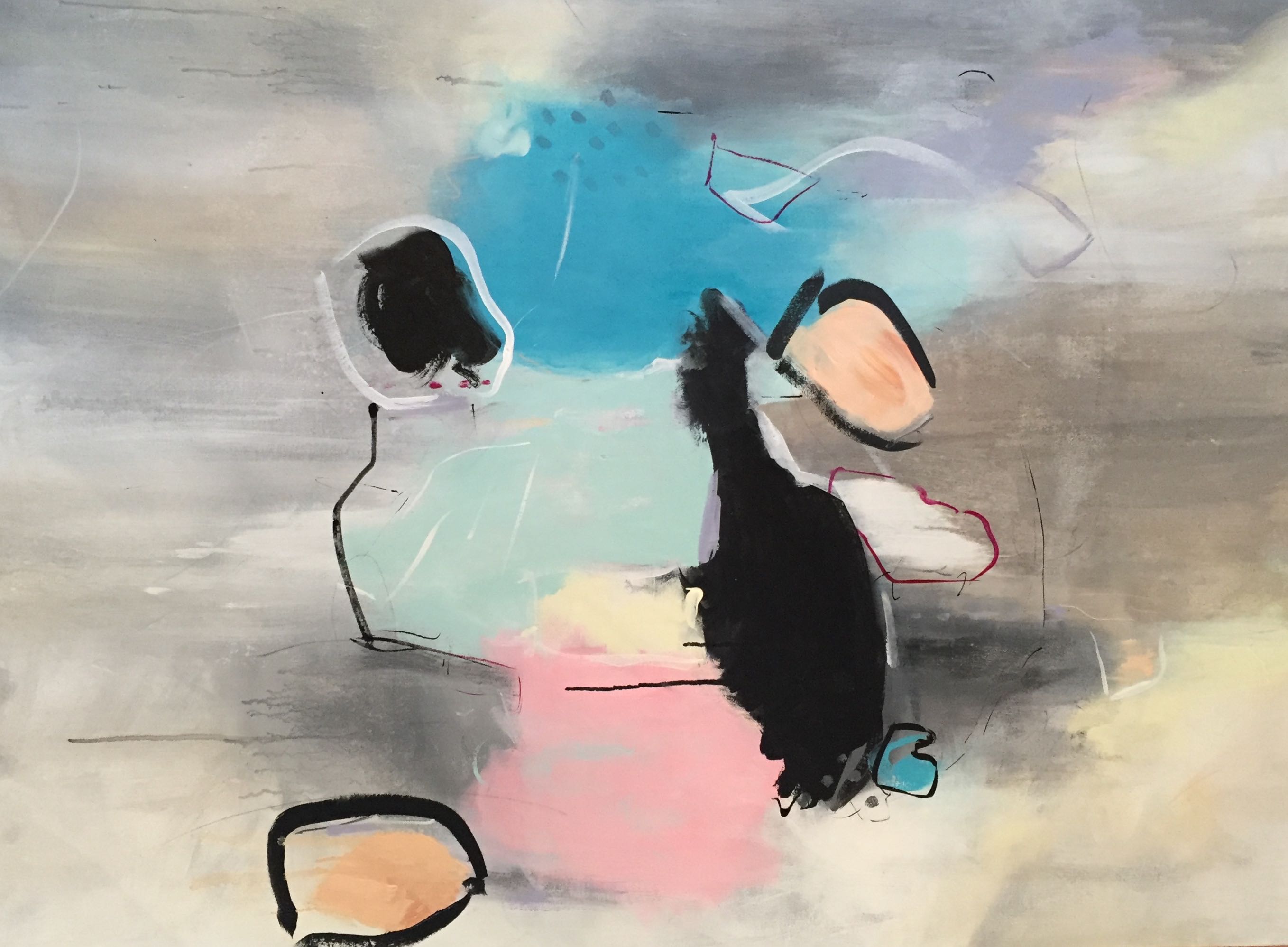
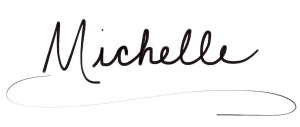
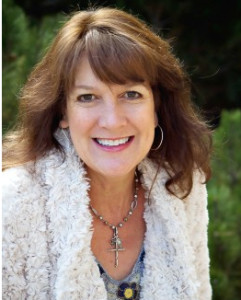

22 Comments
January 8, 2016 at 3:58 pm
Enjoyed this piece a lot. No pretense yo it, but rather a really approachable intro. to abstract work . I really thought posting your work in 4 positions was clever, unique and drove the points about the freedom of abstracts right home!
January 8, 2016 at 4:16 pm
Thank you, Carla! I think some people are intimidated by art enough. No need to try to make things complicated…art is to be enjoyed. I value your comments…thank you!
January 8, 2016 at 6:49 pm
haha, after seeing the number 2 exercise painting, I saw a brightly colored sheep running, and now all of them look like a sheep running from a rock being thrown. I wouldn’t vote for 2.
January 8, 2016 at 7:19 pm
Sometimes, you can’t “unsee” it, Julia. I’m glad I don’t see a sheep. Someone once pointed out something in one of my paintings that I couldn’t unsee. So glad it sold and the new owner doesn’t “see” it that way at all! Haha!
January 8, 2016 at 7:39 pm
Your ‘lesson’ was very helpful … I struggle w/ abstracts, but now you’ve given me a few tidbits that will help in my viewing. I had an aunt who painted large abstracts & I always said ‘she was born before her time’ … Thanks Michelle!❤️
January 8, 2016 at 7:41 pm
I’m so glad it was helpful! Now, maybe you can enjoy them a bit more. Thank you for leaving a comment! xoxo
January 8, 2016 at 10:30 pm
Nice M! I enjoy the soft background as much as the strong foreground…..Funny thing – I feel like having a glass of wine…
January 8, 2016 at 10:49 pm
Hahaha! Well, my dear, that wine is a given. Thanks for the feedback!
January 9, 2016 at 2:03 pm
Hi Michelle, This is a very clear way of explaining abstract verses non-objective.
Personally, I am beginning to explore abstract. I feel it is a stepping stone to allowing my imagination to take over while letting go of the representational. I am always seeking to grow with my art.
Your non-objective is very light and airy…spiritual even. I like #2 the most. It feels like the shapes are floating off the canvas. Good to know that you do not sign until sold. A very interesting tidbit. Thank you.
January 9, 2016 at 4:31 pm
Thanks for sharing your thoughts, Dara. Have fun exploring your inner world and creativity through abstract. It’s funny is said that – it’s sort of the same approach a viewer might take when enjoying the art! Keep painting! ~m
January 9, 2016 at 2:08 pm
Michelle- what a great post on abstract art! You explained this hot topic in a very simple and organized fashion. As a fellow artist I get the same sort of comments regarding abstract work. I try to describe my work with design elements and color exploration.
My choice in hanging- the first photo! Thanks for sharing your work, love the spark of pink!
January 9, 2016 at 4:34 pm
Sue, thanks for your vote and your comments. When I first began to write this post I worried – it could grow big and complicated quite quickly. I think ALL art should be approachable, so thanks for validating my writing work. It was my intention to keep it simple for people who might be intimidate by abstracts.
January 9, 2016 at 3:29 pm
Hello Michelle,
lovely, finally somebody turns their abstract piece upside down and on all other sides…
I personally like it in the first position, as, for me, this works best for the orange circle framed in black, that sits right next to the edge of the painting.
I do mainly abstract art and love it for the spontaneity, playfulness and experimentation it can offer.
I also encountered people saying, that they don’t understand the painting they are looking at, and for me, this is completely beside the point, as any image you are looking at, either moves you or it doesn’t and there is no explanation necessary or appropriate for a spontaneous, emotional reaction.
Have fun with your art.
Gabriele
January 9, 2016 at 4:36 pm
Gabriele – I couldn’t have said it better myself! Abstract art is best enjoyed when it’s “felt” and you won’t always feel something. Often, it can have a story or a message, but that seems to occur secondarily. Thanks for chiming in!
January 9, 2016 at 3:35 pm
Sorry Michelle but this is overly simplified. I know it’s titled appropriately but not quite accurate. Look at Motherwells work. A good abstract (non-objective) can have only 2basic elements of art, lline and shape. That’s it. Black and white. And they probably don’t work in all directions.
I think your work can be turned on all sides but it feels very light and airy. Nice work but it doesn’t have the grounding that many pieces have which prevent them from looking right when turned. Jansens History of Art is the go to in college classes. Abstract art is like jazz. Just sayin…
January 9, 2016 at 4:39 pm
I don’t know that I agree, Noel. You do offer some interesting points. Maybe it would be good to discuss over coffee? Rothko used colour, and Pollack, too. Kandinsky? Shape. We do need to have coffee, it’s way overdue. I could enjoy a Motherwell in several directions, though for ever piece I have have ever seen, I do have a preference.
January 14, 2016 at 6:34 am
Yes. I think a coffee hour due. 🙂
January 10, 2016 at 2:33 am
Nice job!
FYI I just re-posted most of this blog on mine blog site. Of course, I credited you and created a link for those that read mine to get back to your blog site. Folks may reach your blog as well if the connect from my website (johnahancock.com)to my blog.
January 10, 2016 at 5:53 am
Thanks for sharing the post, John. I appreciate the link. I hope it’ll help people engage with the joy of abstract art. I like your work, by the way!
January 12, 2016 at 11:37 am
Hi Michelle, I enjoyed your post and comment about not signing your abstract painting until it is sold. I painted a mixed media abstract which I signed on all four sides and called it “Any which Way” as I couldn`t decide which way was best.
January 12, 2016 at 3:45 pm
Haha, Sheila. That’s a lot of signatures. Clever girl!